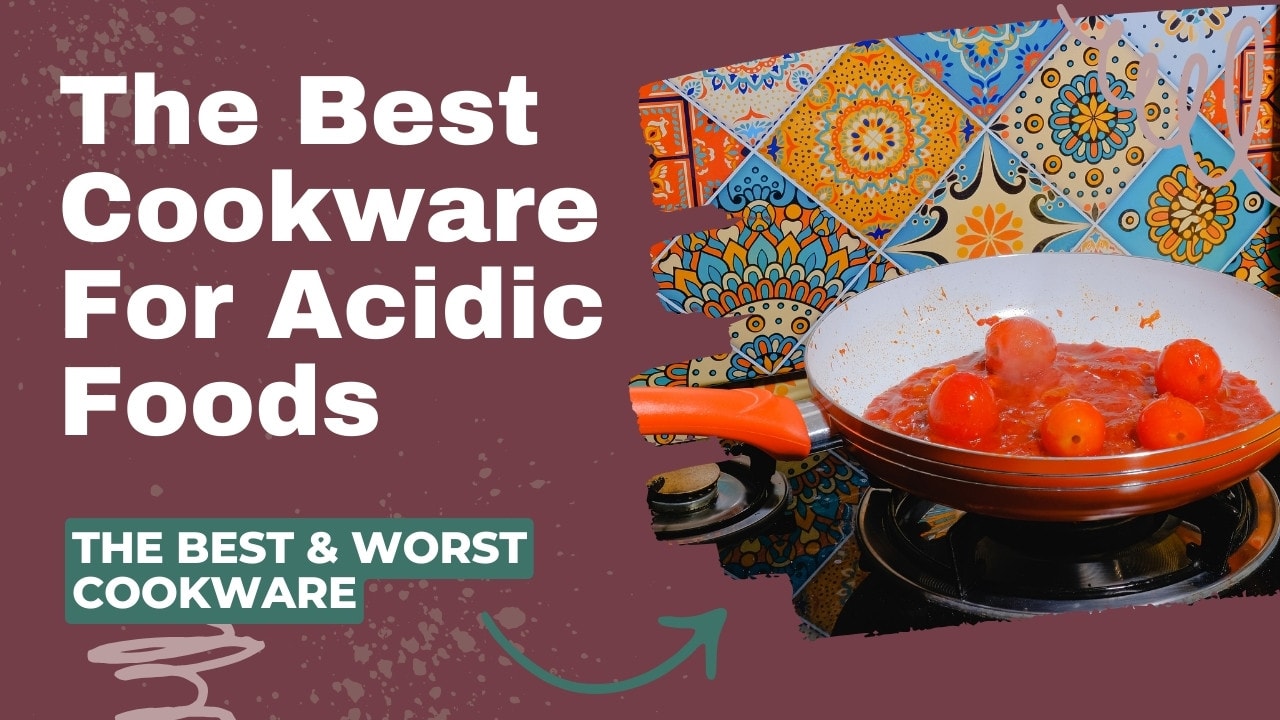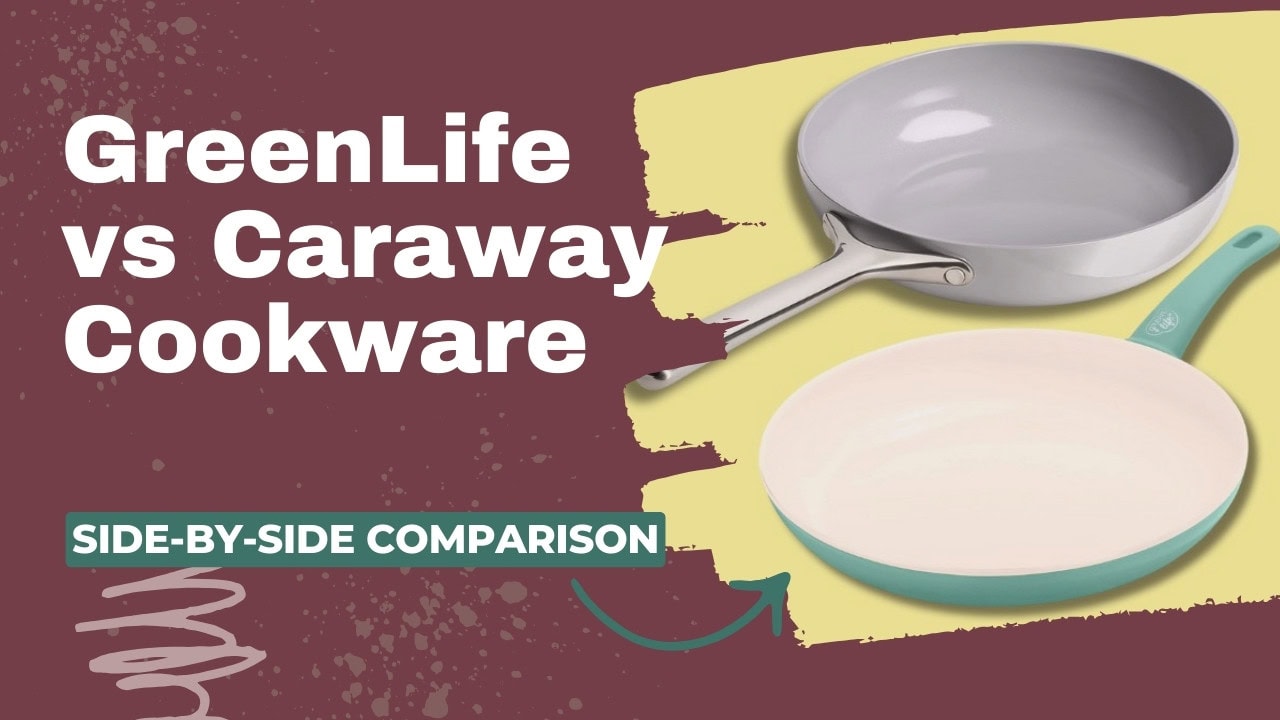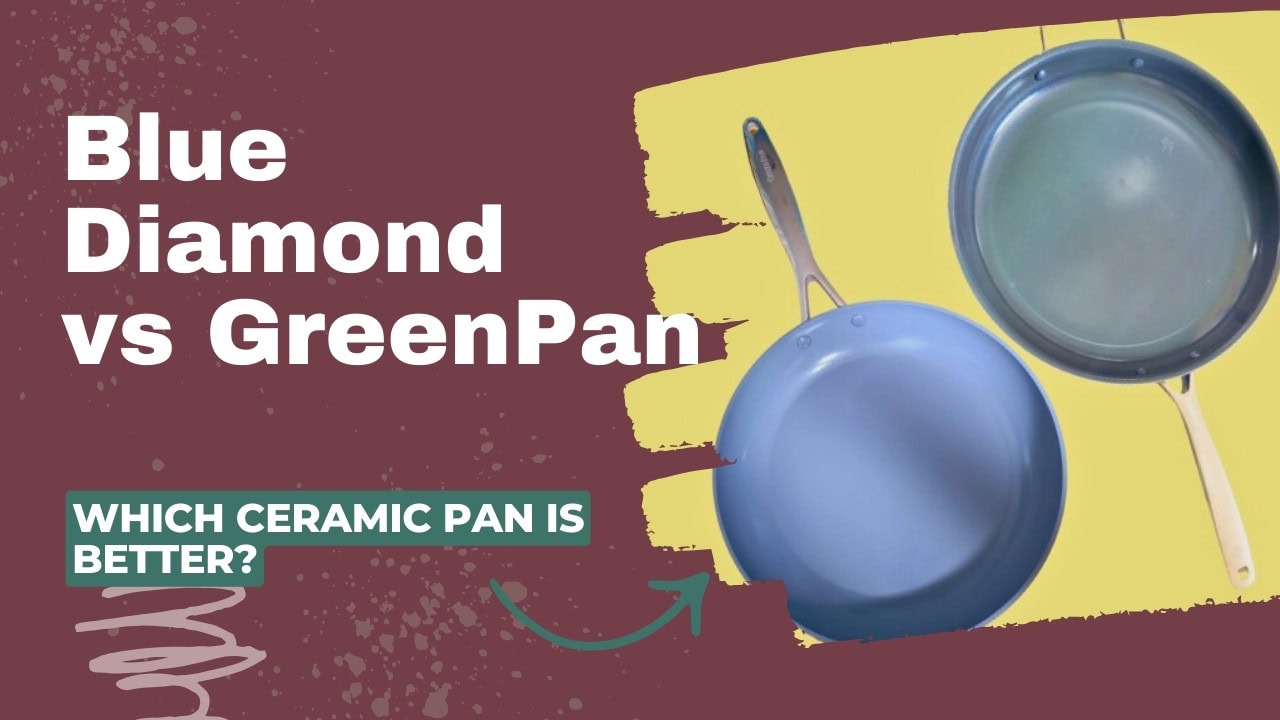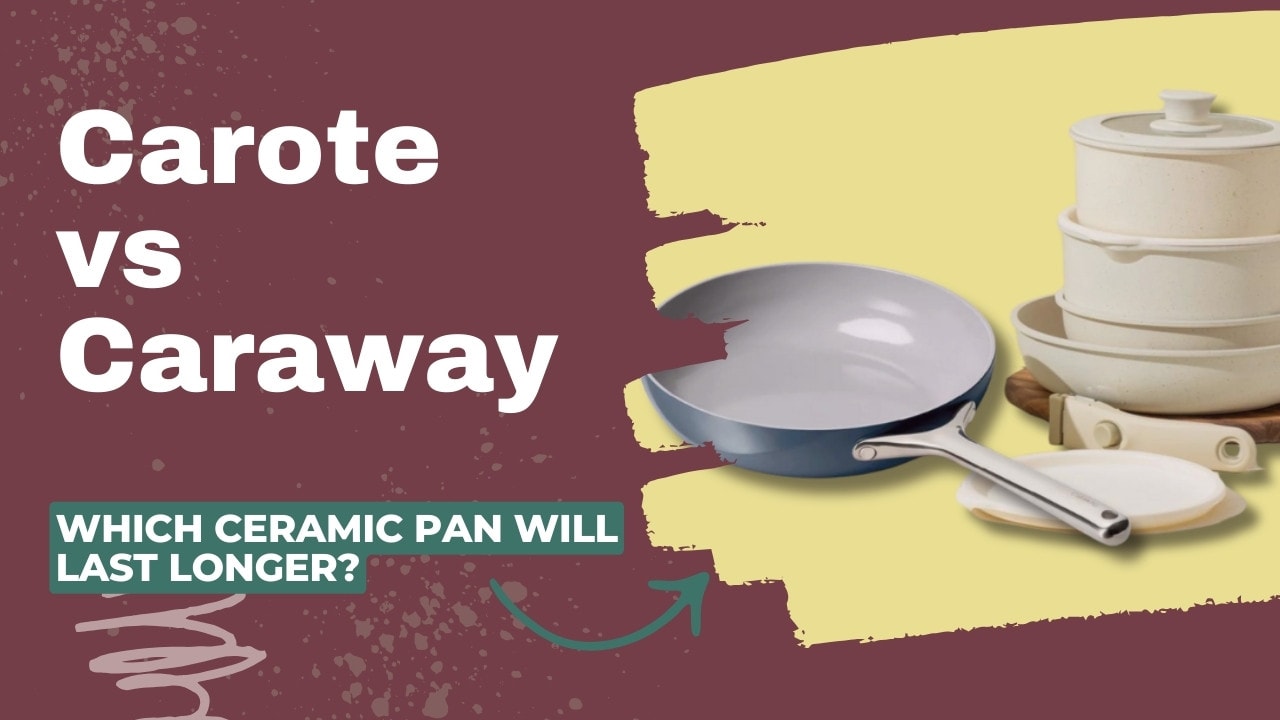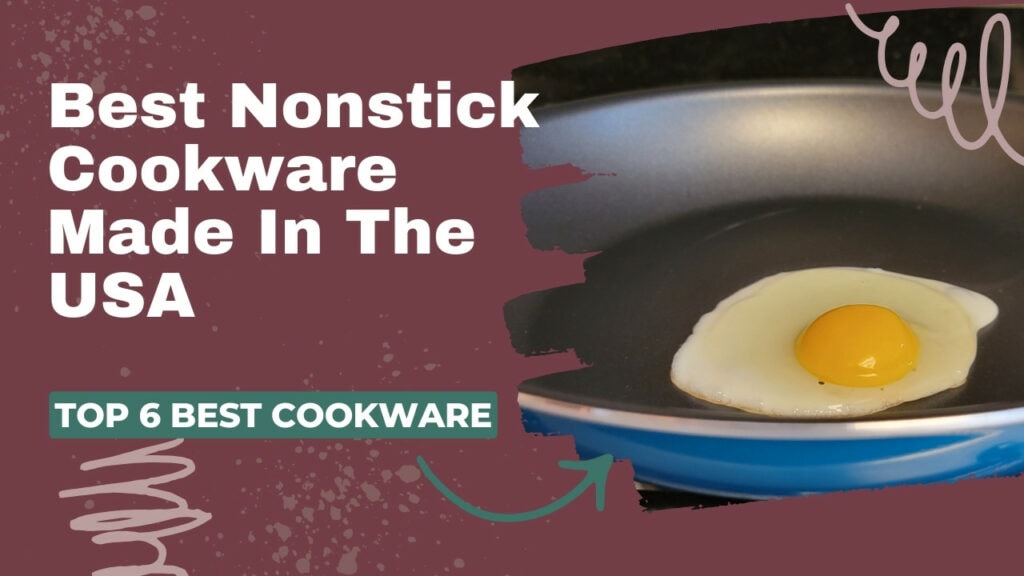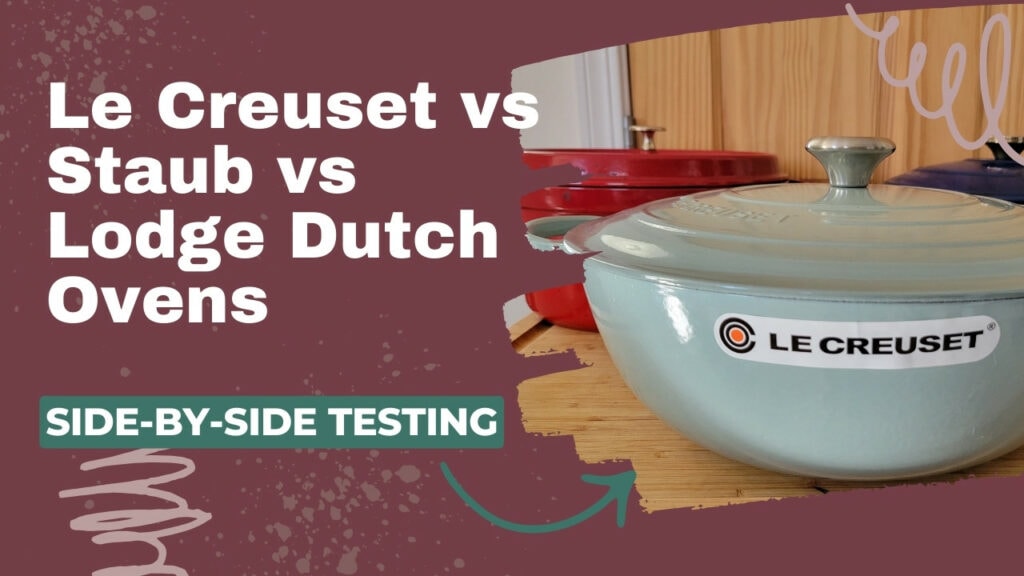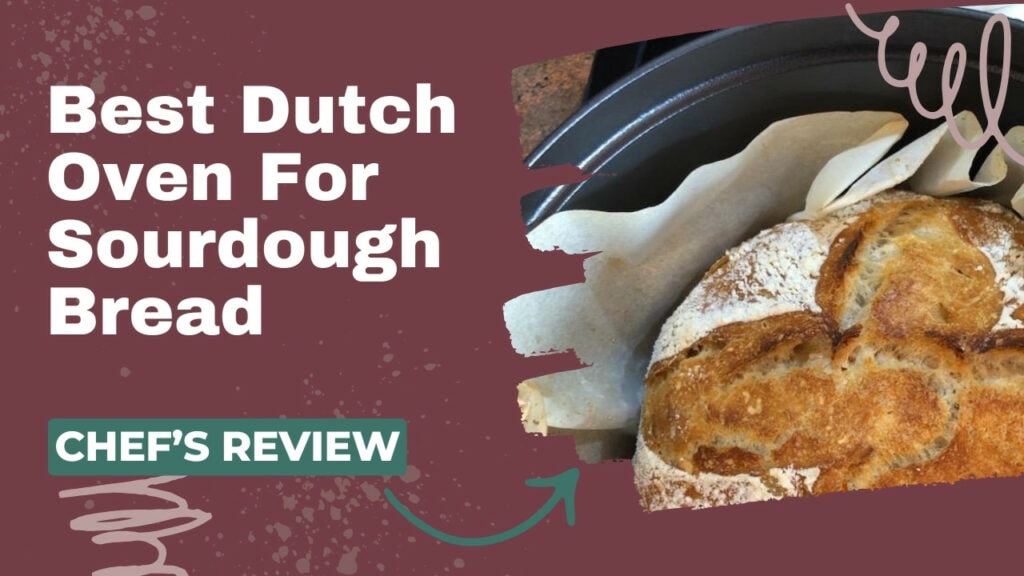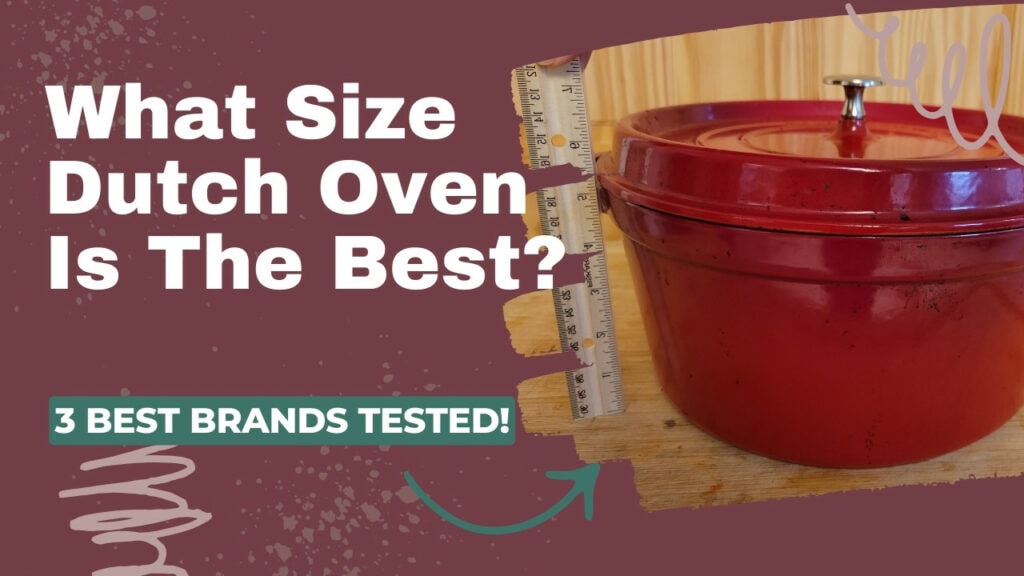Since moving to Mexico, I’ve loved wandering in wild places collecting plums or guavas for amazing homemade preserves. But, since both of those fruits are quite acidic, I’ve had to skip the cast iron and find cookware that can handle a lower pH without leaching metal or losing its nonstick abilities. I’ve been very happy with my stainless steel saucepans for this purpose – but there are a few other good options, too.
What is the Best Cookware for Acidic Foods?
The best cookware for acidic foods are stainless steel, glass, enameled cast iron, and 100% ceramic cookware. All of these cookware materials are non-reactive, safe, and give you culinary freedom in the kitchen. If you add lemon juice or vinegar to a recipe, then the acidity won’t damage these pans or create a chemical reaction that affects the taste of your food.
What’s the difference between reactive and non-reactive cookware?
| Reactive Cookware | Non-Reactive Cookware |
|---|---|
| Carbon Steel | Stainless Steel (grade 304 or 400) |
| Natural Cast Iron | Enamel Cast Iron |
| Copper | Glass |
| Aluminum (Uncoated) | Stoneware |
| 100% Ceramic | |
| Ceramic Nonstick | |
| Traditional Nonstick |
What Cookware Materials are Best for Cooking Acidic Foods?
Okay, let’s get into the nitty-gritty of which cookware materials are best for cooking acidic foods.
1. Stainless Steel
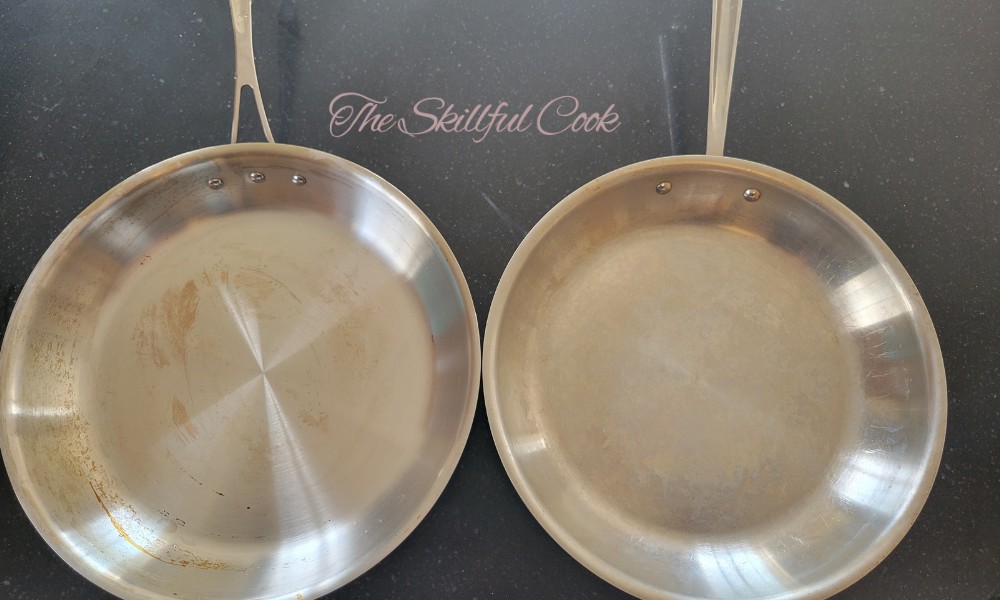
Stainless steel cookware is the workhorse of professional kitchens the world over. Grade 18/10 stainless steel is preferred by chefs because it is non-reactive, making it incredibly versatile and able to cook anything. Sautéing a fish filet with sliced lemon or a squeeze of juice is not a problem. Or, as any patissier will tell you, stainless steel excels at cooking at lower temperatures for delicate lemon curds or bubbling away pots of marmalade for beautiful jams and jellies.
I recommend the All Clad D3 pots and pans as some of the best stainless steel choices.
2. Enamel-Coated Cast Iron
Enamel-coated cast iron is an excellent non-reactive choice for slow cooking, roasting, stewing, and braising. Another huge benefit is that it doesn’t retain the strong aromas of any foods cooked in it, like onions and garlic, as uncoated cast iron can keep in its seasoning layer. It’s also very easy to clean and comes in a wide range of vibrant colors to suit any kitchen.
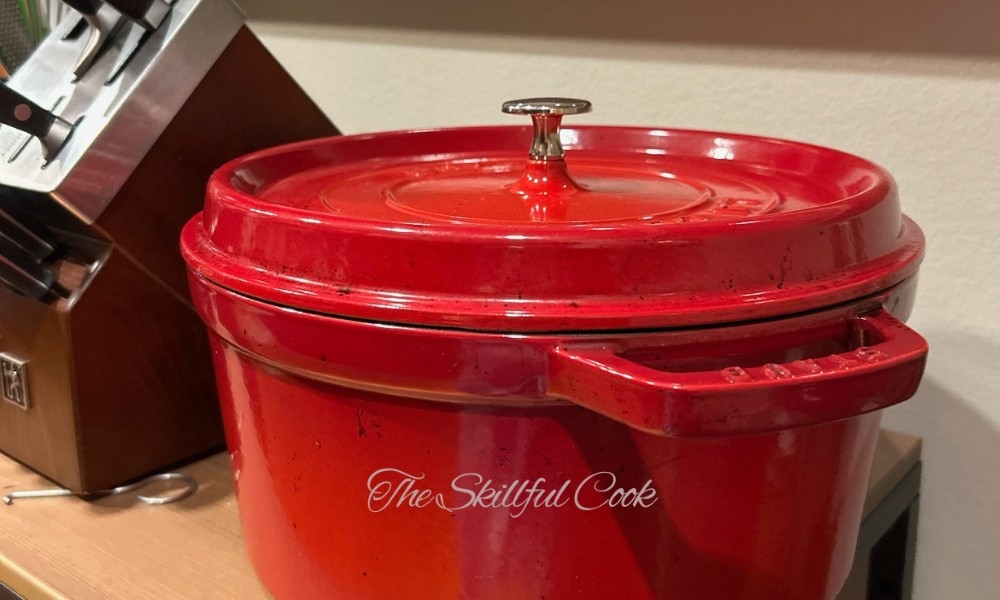
Le Creuset gets all the press as the top-of-the-line enameled cast iron brand, but I can say enough good things about Staub as well. This French-made cookware will far outlast any knockoff brands and add old-world class to your kitchen.
3. Glass Cookware
Glass cookware is completely non-reactive to acidic foods and is a great choice for casseroles, pasta bakes, lasagnas, and pies. It’s thermally stable, handling high temperatures easily and one of the best things about it is that glass is non-porous. Completely smooth, there are no microscopic pores for food to get trapped in or interact with the cookware.
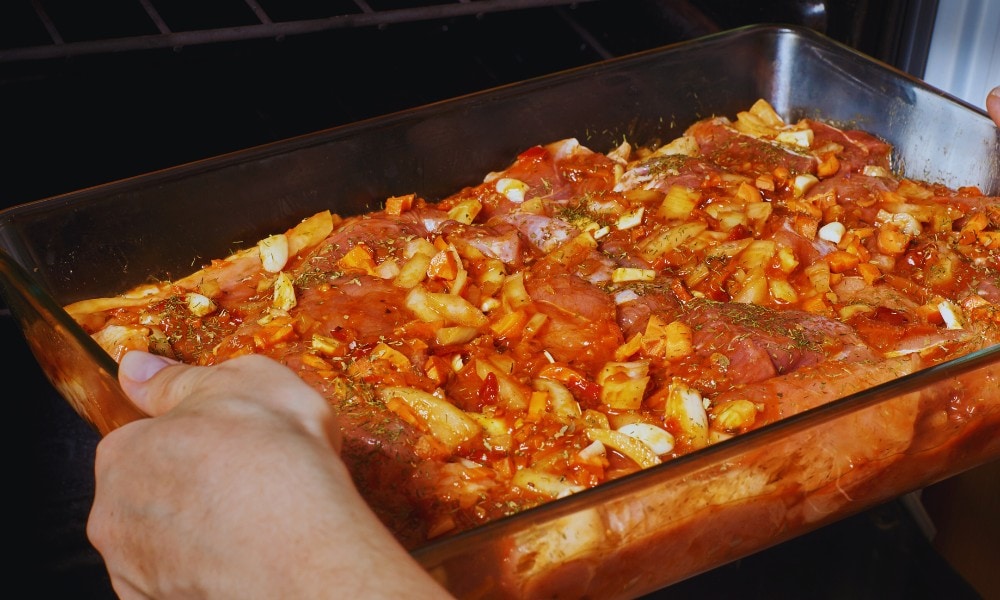
Glass is found in most kitchens in the form of ovenware, but you actually can buy stovetop-safe borosilicate glass pots!
4. Pure Ceramic
Pure ceramic cookware is completely non-reactive because it’s made of inert clay. The clay is glazed and fired at between 1000-2500 degrees Fahrenheit for up to 24 hours to create a very durable product.
I love Xtrema’s pure ceramic cookware because you can use it on the stovetop – unlike most pure ceramic products. One thing I love is that it’s nearly 40 percent lighter than cast iron and it doesn’t hold aromas. Not to be confused with ceramic-coated cookware,
Other Cookware Types
Now, let’s discuss other types of cookware. These cookware materials shouldn’t be a first choice for cooking acidic foods, but they aren’t as reactive as bare metals.
Seasoned Iron Cookware
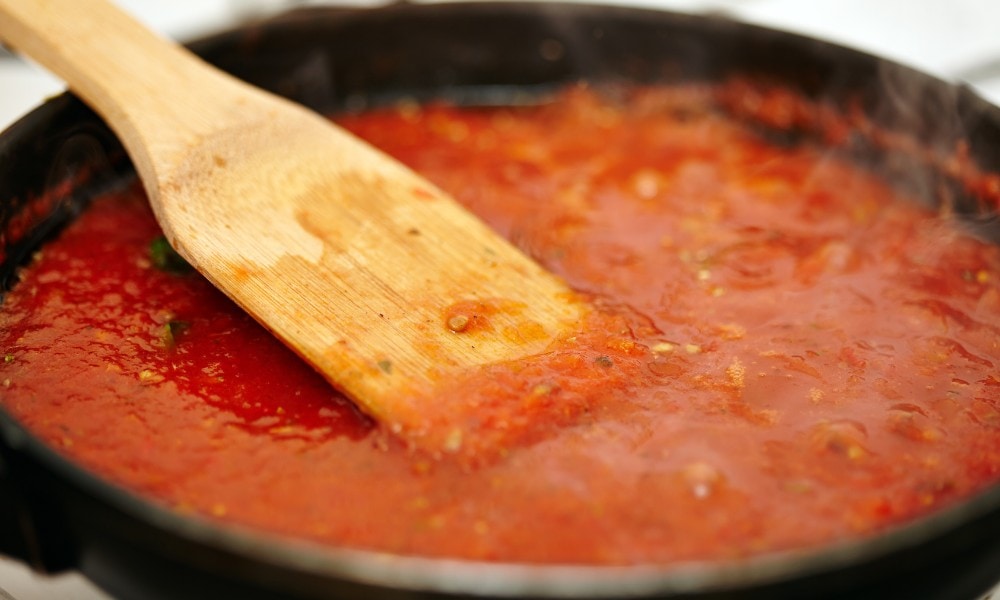
Cast iron or carbon steel cookware that has a thick layer of seasoning can be used to cook acidic foods. But the longer you keep acidic foods in the pan, the more the seasoning will break down. If you cook tomato sauce in carbon steel for half an hour or so, you may find almost all the seasoning absorbed into your sauce! Deglazing a skillet or wok quickly with wine is fine, but you may want to give your pan another layer of seasoning afterward.
Hard Anodized and Ceramic-Coated Aluminum
You can cook acidic foods in ceramic-coated hard anodized aluminum pans, but it’s not the best choice. Again, a dash of vinegar in a stir fry won’t severely harm your pan, but any acid will compromise the nonstick coating. Cooking acidic foods often in your ceramic pans means they will have to be replaced sooner.
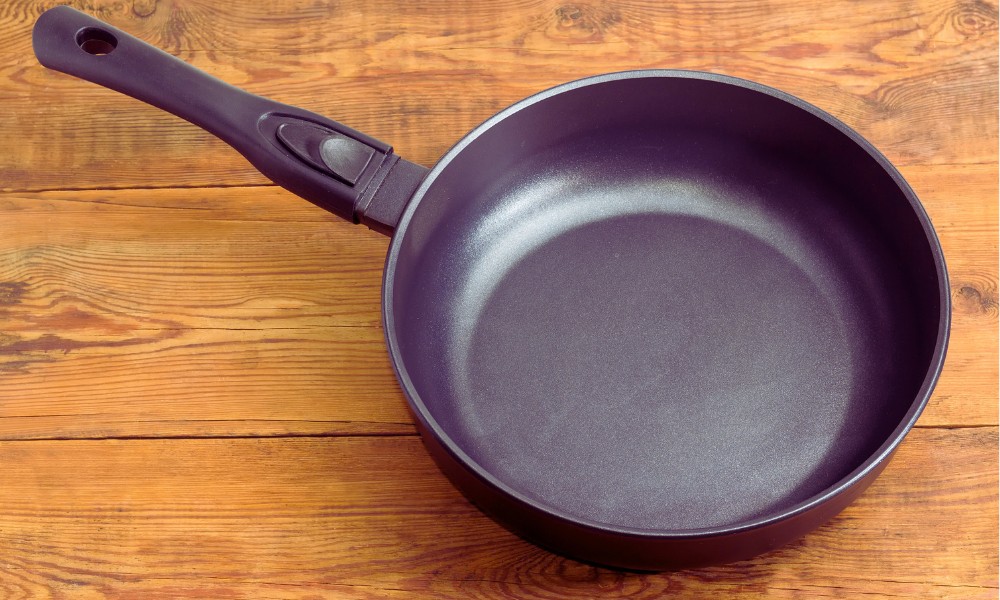
Acidic foods react much less with hard anodized aluminum than with untreated aluminum. However, these days, hard anodized pans are always coated in ceramic or nonstick, so the food doesn’t touch the aluminum anyway. If the ceramic coating is very deeply scratched or chips then acidic foods could come in contact with the bare aluminum.
PTFE Nonstick-Coated
Cooking acidic foods in Teflon (or traditional nonstick) coated pans is okay for a minute or two, but it’s not what these pans were designed to do. Like nonstick ceramic coatings, traditional nonstick coatings will wear away faster if exposed to acids frequently, for long periods, or at high heat.
Frequently Asked Questions.
Why does my food have a metallic taste?
There are several reasons why food you cooked could taste metallic. Some ingredients, such as spices or water-based liquids may have high metal content. Cookware made with reactive materials (aluminum, copper, cast iron, carbon steel) will leach metal atoms into your food if not used properly.
What foods are acidic?
Acidity in foods is often measured by pH level, with lower pH values indicating higher acidity. Citrus fruits are highly acidic, for example lemon juice (pH 2.00 – 2.60) and grapefruit (pH 3.00 – 3.75). But it may surprise you to know that other fruits like plums (pH 2.80 – 3.40) and grapes (pH 2.90 – 3.83) can be just as acidic. Fermented foods, vinegar, dairy, and processed foods like corned beef are acidic. On the other end of the scale, non-acidic foods (called alkaline foods) include vegetables like broccoli (pH 6.30 – 6.85), corn (pH 5.90 – 7.50), and mushrooms (pH 6.00 – 6.70).
Can I store tomato sauce or acidic foods in stainless steel pots?
I would caution against storing tomato sauce in the pot you cook it in, even if it’s stainless steel. Even though stainless steel is considered non-reactive, it may leach small amounts of nickel and chromium if exposed to tomatoes for several hours. Glass is a much better alternative for storage.
Conclusion
The best cookware for cooking acidic foods is made with non-toxic, non-reactive materials. My top recommendations are stainless steel, enamel-coated cast iron, glass, and pure ceramic. Purchase one of these if you’re a lover of tomato sauces and tomato-based soups, stews, chili, and casseroles.

